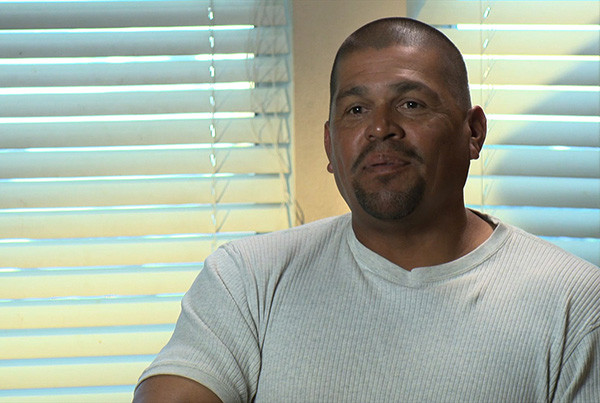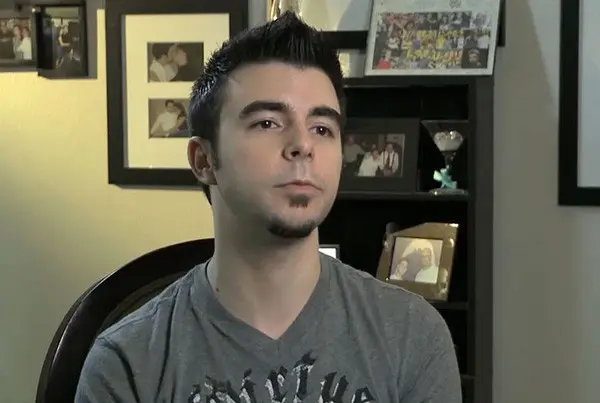In the past, most of our patients have been referred to the Center for Reconstructive Urology by their Urologists. However, more recently, potential patients have been contacting our Center with increasing frequency, requesting a cure for complex side effects of prostate surgery and radiation such as urethral obstruction after radiation or HIFU. In most cases, they have not been completely evaluated or offered effective treatment options. They were often under the impression by their doctors that they were destined to suffer where there were no alternatives, and then discovered though our website or our publications or online forums that we can help them lead more normal lives.
We have also noticed that websites promoting HIFU treatment suggest “pinpoint accuracy … without adverse effects to the surrounding tissues”. We do not see patients with successful outcomes and therefore cannot determine the complication rate. However, we have seen patients with devastating complications where the treatment did not easily treat the cancer while avoiding the prostate surgery side effects and complications. In these cases, there were impressive debilitating effects to the surrounding tissues (examples can be found in the bladder neck contractures section). A common presentation is a history of radiation therapy or HIFU followed by the development of difficulty with urination along with possible incontinence. A “stricture” is diagnosed and treated (often without prior urethral imaging) with dilation using instruments called urethral sounds and/or surgery through the penis to “scrape out” or “clean out” or “remove” the tissue causing blockage, only for the blockage to recur. In some cases, the patient is advised he “needs” to perform self-catheterization to keep the urethra open. At that point, the patient and/or his Urologist feel a more definitive treatment should be considered, and we are consulted.
Our goal is to always cure a problem. However, the first step is often diagnostic testing. Patients are a times under the impression that if they travel to our Center, we can perform surgery to effectively treats their urethral obstruction or other problem the day after their initial appointment. It is true that some patients who travel to the Center for Reconstructive Urology for the treatment of strictures unrelated to prostate cancer treatment can have urethral imaging and subsequent surgery during the same trip, and the cure rate is extremely high. However, complications of prostate cancer treatment, other than distal strictures related to catheters or instrumentation, are an entirely different and more complex disease process. In some cases, we can restore normal urination. In other cases, urethral reconstruction is not a reasonable option.
If you are a man who is suffering from recurrent bladder neck contractures or a very complex and recurrent problem after prostate cancer treatment, if you travel to the Center for Reconstructive Urology, our approach is to first perform a complete evaluation of the urethra. Many patients who contact us with blockage or a fistula do not clearly understand where their blockage or fistula is located, or the length of the blockage, or if they have a urethral stricture or a bladder neck contracture. Since many patients have been treated without prior imaging, these details may be unknown. Therefore, it is difficult and often impossible to suggest what can or cannot be done before we perform a urethral evaluation. What we can offer with certainly is clarity regarding the specific portions of the urethra affected and the risks and benefits of each treatment option.
If we can offer a surgery that will, if successful, restore normal urination, then that is generally the best option. However, if that is not possible or practical, we then explore the possibility of an alternative that is better than the current situation.
Click on the sub-sections to the left to obtain information about the diagnostic evaluation that is indicated prior to treatment, and the options to treat male incontinence, bladder neck contractures, urethral strictures, and rectal-urethral fistulas after radical prostatectomy and/or radiation therapy for prostate cancer.






